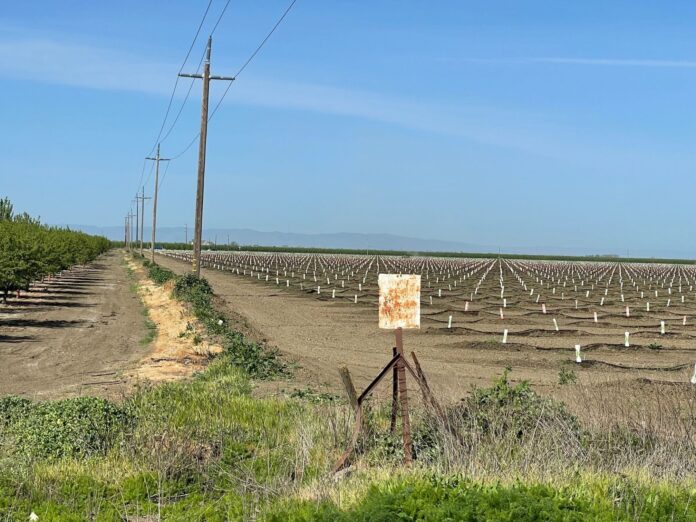Davis now owns part of a $960,000 agricultural conservation easement primarily facilitated by a parcel tax intended to protect open space
By HANNAH SCHRADER — city@theaggie.org
The city of Davis has made a concerted effort to protect its natural landscape through the Open Space Program, which was established in 1990 to protect farmland and habitats in and around Davis. The city now has 240 acres of protected land after its most recent 120-acre land purchase, which closed on March 15.
Measure O, a parcel tax in Davis that funds the preservation of open space, was passed in 2000. This tax enabled the city to create the Open Space Program Strategic Plan, which is an extensive plan that outlines land the city seeks to preserve and manage through 2030.
This most recent agricultural conservation easement purchase was made in partnership with Yolo Land Trust, an organization that helps landowners obtain long-term farmland protection.
Tracie Reynolds, the real property owner for the city of Davis and manager of the Open Space Program, spoke on the unique agricultural situation of Davis.
“Davis is really kind of at the forefront of [agricultural conservation],” Reynolds said. “There are not very many cities in California that have a special tax like that to support conservation easements. Davis is visionary in that regard.”
Reynolds then talked about the most enjoyable parts of working with the Open Space Program.
“Over the last 10 years or so, [I’ve enjoyed] just seeing how native grasses and native plants and everything have really taken hold much more than they used to,” Reynolds said. “I enjoy working with these property owners that are around the city […] to try to do these easements. I really enjoy […] looking at that map and trying to help implement […] that vision that a lot of people had way back […] in the 60s and 70s.”
John Currey, the executive director of Yolo Land Trust, spoke about some of the organization’s goals and priorities.
“I would say that our primary goal, first and foremost, is to protect agricultural land, [specifically] primary cultural land in Yolo County,” Currey said. “The protection of farmland against the encroachment of urban sprawl is really the thing we do in partnership with the county and our urban centers: the city of Davis, city of Woodland, city of Winters and the Esparto-Madison area.”
Currey spoke about some of his favorite aspects of working with Yolo Land Trust.
“What’s most important to me is the relationship that we have with the farmers and the landowners,” Currey said. “These are relationships that have to last forever because these easements are forever.”
Tracy Ellison, the conservation manager at Solano Land Trust, talked about the factors that go into landowners’ decisions to sell their development rights.
“To be a landowner means many, many things,” Ellison said. “So when landowners choose this conservation easement tool, they’re taking their ownership, and we call it in our world a ‘bundle of sticks.’”
A bundle of sticks refers to the rights landowners have to do various things with their land including the right to: develop on their land, allow others to use their land to develop, or allow others to farm on their land and so on.
Conservation easements occur when landowners voluntarily give up the right to ever develop on their land. Ellison then referenced the fact that landowners are entirely in control of whether they sell the development rights to their land or not.
“They have an opportunity as landowners to make a decision about what to do with those rights,” Ellison said. “Some of those rights are free and clear. There’s no policy, there’s no requirements or restrictions against them, and they can do what they want with them.”“They can retire on the money [or] they can send their family to college if that’s what they need,” Ellison said. “But typically, we see landowners doing infrastructure upgrades for their irrigation, going from open ground to tree ground […] That would pay for them to put trees in the ground and buy new equipment. And so this is a landowner owning their rights and making a choice to agree to a value and the time and that space to preserve their property for all of those agricultural values with an opportunity to use the funds because of their land ownership.”
Written by: Hannah Schrader — city@theaggie.org




